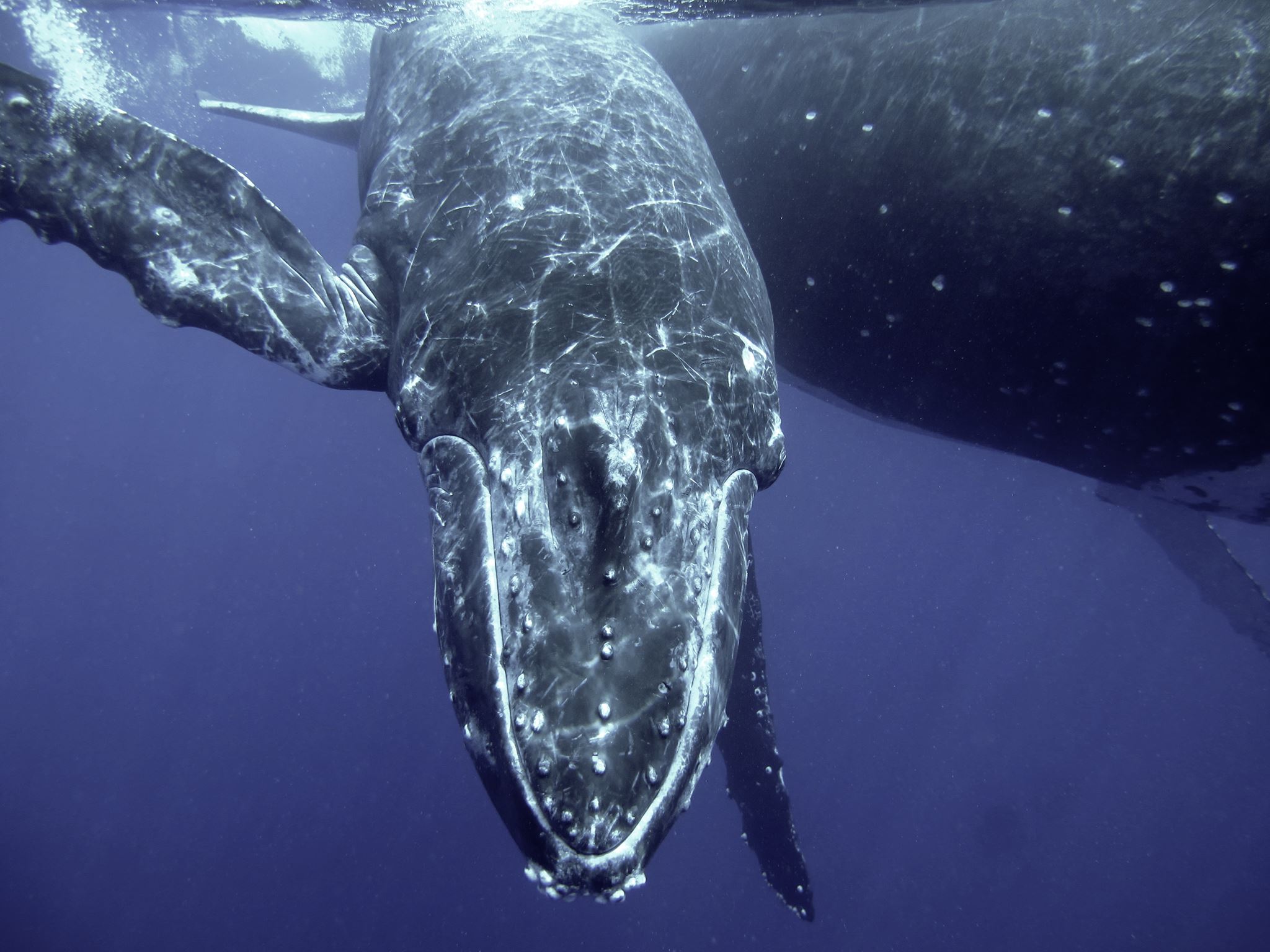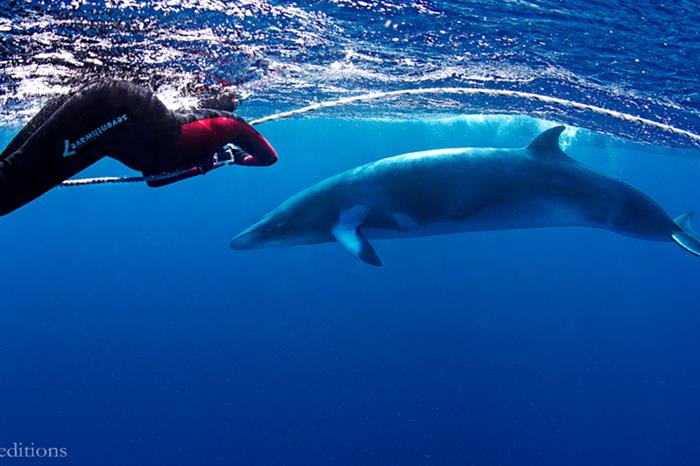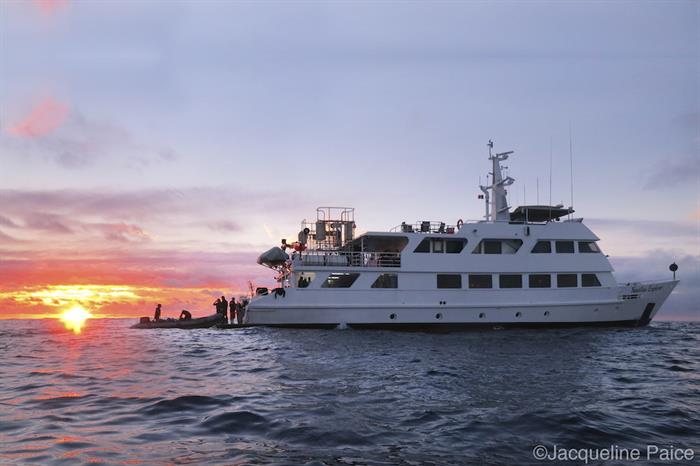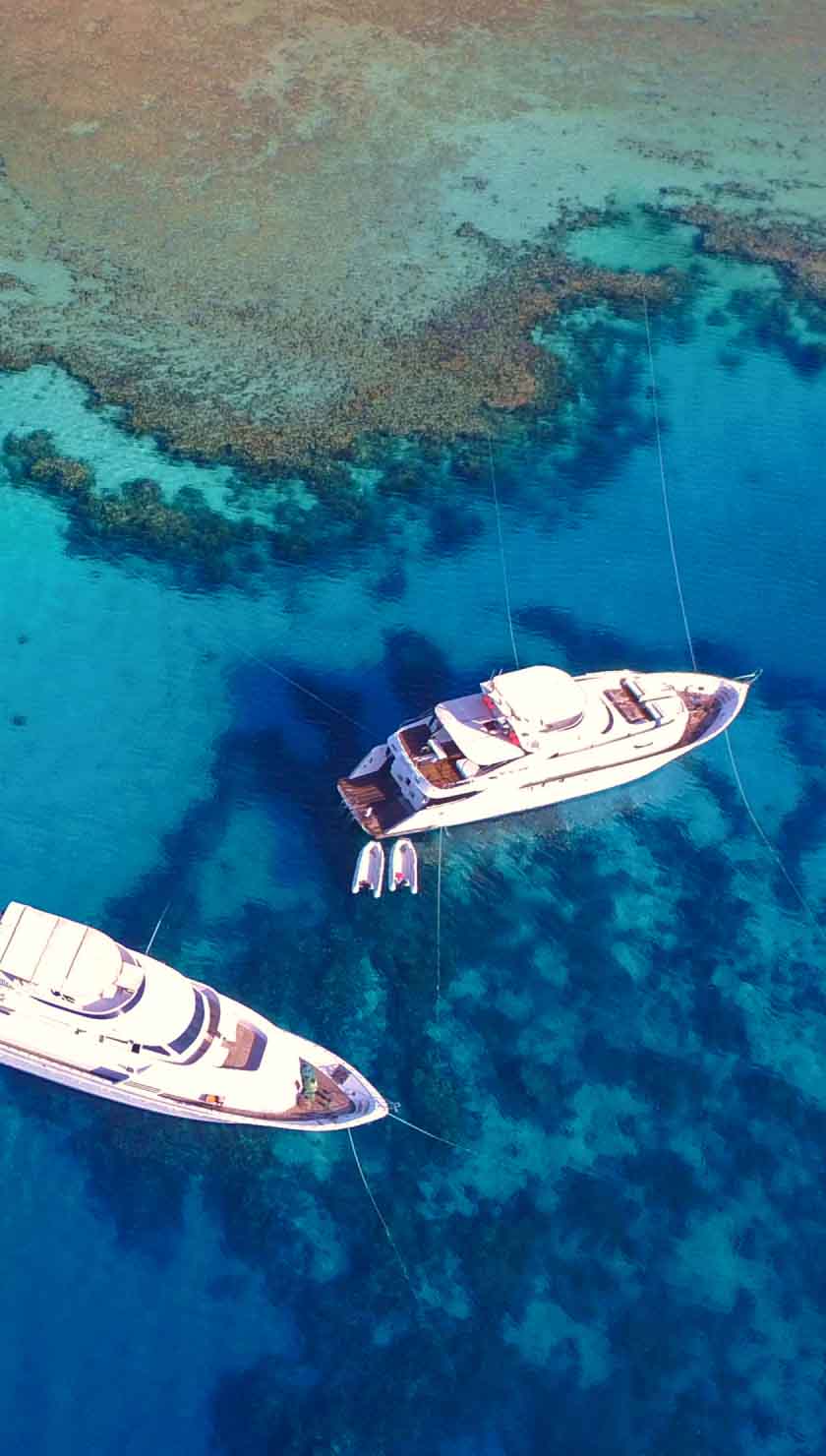Best places to dive in June

Humpback whales are on the move during the month of June, allowing divers the rare chance to glimpse into the world of these gentle giants in places such as the Galapagos Islands and Australia. June is the last month to head to Socorro before the season ends.
Bump into a whale in the Galapagos
Few experiences are more humbling than coming eye to eye with a humpback whale. Hearing the sounds of their song alone as it reverberates through the ocean and your ribcage is enough to give you goosebumps.
During June, Humpback whales migrate through the Galapagos Islands, giving divers a chance to come face to face with these 18-metre-long mammals. June is also prime time for encounters with whale sharks, and these enormous fish can be spotted in abundance.
June is the beginning of the dry season in the Galapagos Islands, when cooler temperatures and less rainfall prevail.
And on the Great Barrier Reef
From May onwards, calm seas and great visibility make diving in Australia’s Great Barrier Reef is particularly mind-blowing. In June, the diving steps up another notch with the arrival of whales.

Every winter, dwarf minkewhales travel through the Great Barrier Reef. The Great Barrier Reef is the ONLY location where divers and snorkelers can jump in the water with these pint-size cetaceans. Dwarf minkewhales grow to a maximum of eight meters and are curious and inquisitive creatures. Liveaboards such as Spoilsport offer special trips dedicated to getting you in the water with these animals as much as possible.
Swimming with dwarf minke whales is suitable for divers and snorkelers, and this experience is suited to all levels of dive experience. The fact that these tours take place on the Great Barrier Reef means that you’ll not only have unforgettable in-water encounters with the whales but also have some fantastic dives.
Humpback whales can also be frequently spotted during this time of the year; however, swimming with this species is not currently allowed on the Great Barrier Reef. Watching as a humpback whale breaches meters from the boat is incredible, and these curious whales often swim over to liveaboards to say hello.
Last chance for Socorro & Sea of Cortes
If you love diving with the big fish (and rays, whales, dolphins, and more) of the sea, Socorro & the Sea of Cortez is a destination you want to visit at some point in your life. The dive season for Socorro runs from around November to May; however, some liveaboards offer trips in the first half of June, giving divers one last chance to head to this incredible part of the world until the season begins again. The best time to dive the Sea of Cortes is from early August through to October; however, some liveaboards, such as Nautilus Explorer and Nautilus Belle Amie, offer unique itineraries that cruise both Socorro Island and the Sea of Cortes, allowing divers to experience the best of both these destinations.

Socorro is, in fact, the largest of the Revillagigedo Islands, which are four volcanic islands in Mexico. The area can only be visited by liveaboard, as it’s a good 24-hour journey from the southern tip of the Baja Peninsula. If you’re looking for coral reefs and colorful fish, Socorro is not the place to find it. Instead, you will find exhilarating encounter after exhilarating encounter with incredible marine life. Think of interactions with dolphins, schools of sharks (tiger, hammerhead, silkie, and Galapagos sharks, to name a few), and manta rays.
Due to Socorro's deep depths, currents, and sea conditions, this destination is best for intermediate to advanced divers, and most liveaboards will require divers to have a minimum number of logged dives.
A thin strip of water known as the Sea of Cortes is sheltered from the Pacific Ocean. The sheltered position of this expanse of ocean results in wonderfully calm dive conditions and excellent visibility. The Sea of Cortes provides divers opportunities to get up close and personal with curious sea lions and pelagic species, reef diving, and ample chance to hunt for macro creatures that can’t be found in Socorro.










